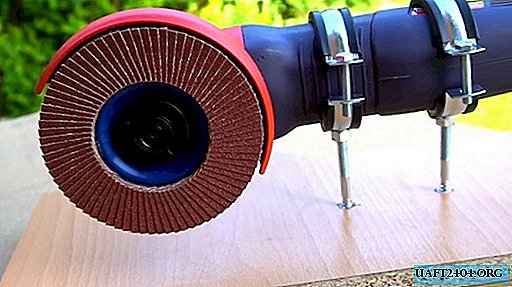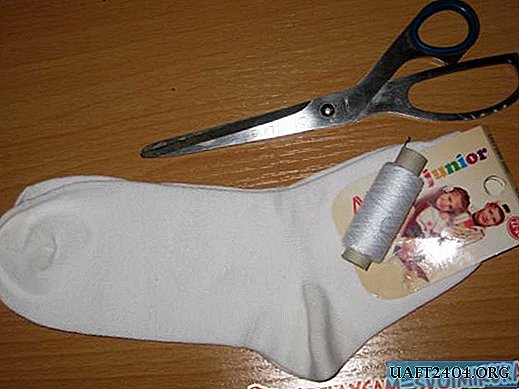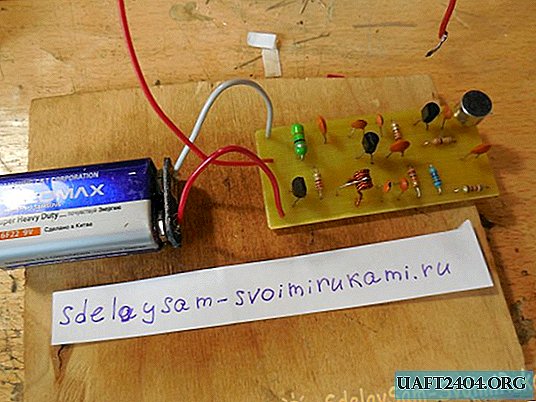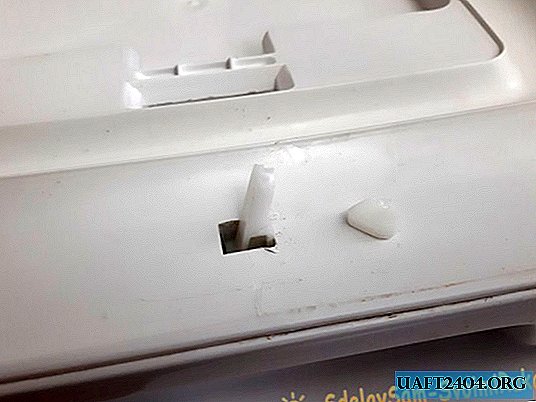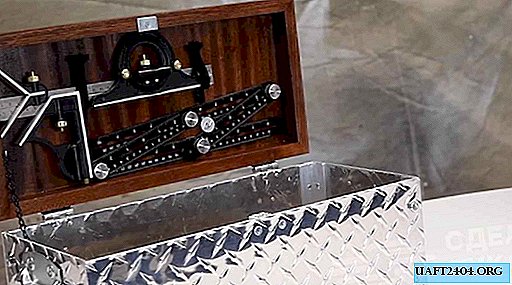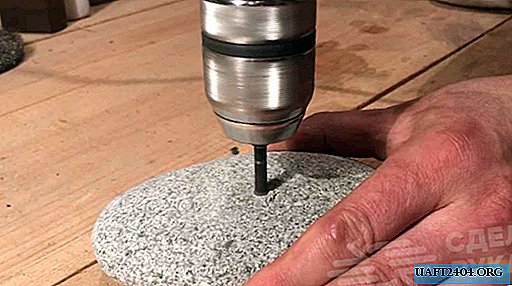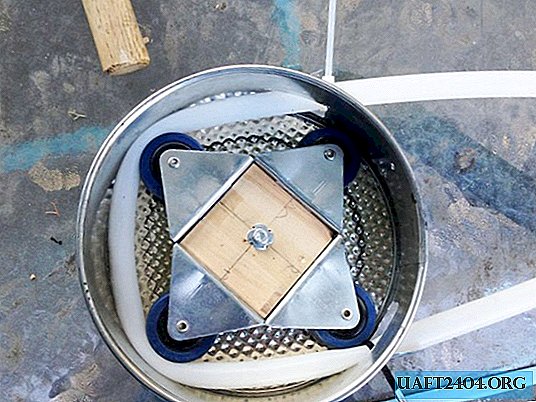
Contrary to established stereotypes, brewing beer at home is quite possible, and unlike store counterparts, a home-made foamy drink has a natural taste and lack of preservatives. Thanks to the characteristic bitter taste and rich aroma of hops, classic beer is unprecedentedly popular. This is the first low-alcohol drink obtained by alcoholic fermentation.
Composition and recommendations
All the ingredients needed for home brewing can be purchased at specialist stores or ordered online. To make light beer you will need:
- barley malt - 2 kg;
- caramel malt - 0.5 kg;
- brewer's yeast - 5-10 g;
- hops - 15-20 gr;
- water - 8 liters.
To make the beer taste more pronounced and saturated, it is recommended to use a mixture of several varieties of hops.
Cooking technology
An enameled pan with water is heated to approximately 55 degrees. A special thermometer is used as a measuring device. Then the prepared malt is poured, turn off the fire and stir for 10-15 minutes. After this, it is necessary to cook the wort for 10-12 minutes, until the water temperature rises to 62 degrees. Then cover the pan with a lid and leave for half an hour.
The next step is to heat the wort to 72 degrees, stirring constantly so that the malt does not burn, and leave to languish under the lid. This is the second temperature pause, which lasts about 25 minutes. Then, over a small fire, the wort is heated to 78 degrees, and the third temperature pause is maintained for ten minutes.

At the final stage of preparing homemade beer, it is necessary to filter the wort into a previously prepared container, using several layers of gauze, a colander and a fine strainer for this purpose. After the initial filtration, the remaining pellet must be poured with 1-2 liters of water, mixed and filtered again. Pour the liquid from the container into a clean pan, add 1/3 of the hop and boil for one hour, periodically removing the foam. The remaining hops must be divided into 2 parts and added at the middle and end of the brewing process. Then the wort is cooled to approximately 24-26 degrees. This is the optimum temperature for fermentation.
After cooling, the wort is poured through cheesecloth into a clean and sterilized container, the diluted yeast is poured and shaken well. Then a water seal is installed, after which the container is placed in a warm and protected from direct sunlight place for further fermentation for approximately one week.


